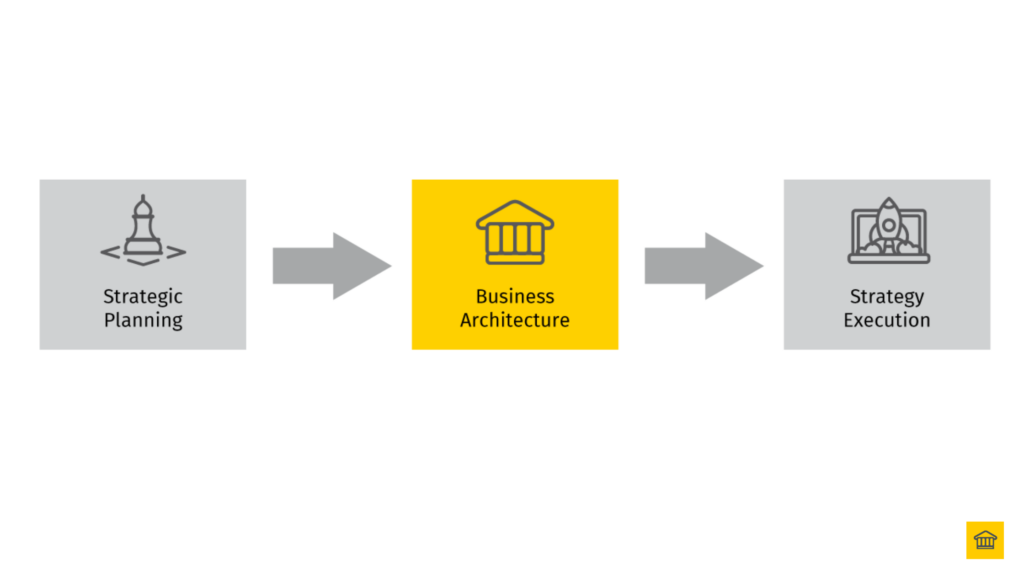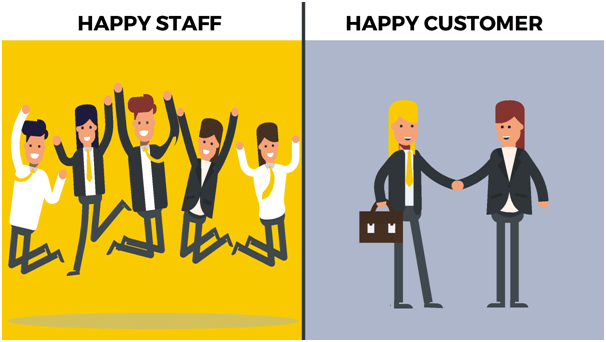Welcome to our exploration of the ‘The 4 Pillars of Business Transformation’, a blog post by HOBA Tech.
This post provides a comprehensive guide to business transformation, emphasizing the significance of four key pillars and offering valuable insights and resources for successful transformation journeys.
The blog post discusses the following four pillars of business transformation In addition to these pillars, the blog post provides insights into the importance of avoiding common mistakes during business transformations and introduces HOBA Tech’s agile business transformation framework, HOBA, as a solution that has helped numerous companies navigate their transformation successfully.
The post also offers additional resources, such as a digital health transformation toolkit and free business transformation resources, to support consultants and organizations in their transformation efforts.
- Current Operating Model: This pillar focuses on identifying the problems and opportunities within the current operating model of the organization.
- Benefits Model: The Benefits Model is used for identifying and prioritizing the business benefits that the organization intends to realize from the business strategy and transformation.
- Target Operating Model (TOM): The TOM is used to define the target (To-Be) operating model that sets the business up to execute its business strategy and digital transformation. Service Architecture: The post also touches on the importance of service architecture in aiding organizations with their business transformation.
Everything is possible when you use a structured approach to Business Transformation.
That structured approach is Business Architecture. Business Architecture is the bridge between strategy planning and strategy execution.
Its goal is to support the organisation’s vision and to support the Organisation’s Business Strategy, as illustrated by the following figure:
Heres what we’ll cover (click the links to skip to the section below):
NB – Click to expand images 📸
Table of Contents
This enables you to execute the Business Strategy effectively and efficiently. We covered this in a previous post.
For example, an international airline uses business architecture to expedite a large-scale merger. A government agency might use it to improve their customer self-service and deliver better services. And financial institutions might use it redesign their post-merger portfolio.
Business Architecture As A Bridge
Business Architecture’s role as a bridge allows it to identify Business Capabilities, opportunities for investment and their outcomes.
The Expert Development Canada (EDC) found that Business Architecture uses Business Architecture to identify projects and initiates.
By also determining the Business Benefits the Organisation intends to realise through its Business Architecture, Technology Architecture, Project Management and Programme Management Office (PMO) – EDC have been able to identify projects and develop initiatives to produce outcomes, that have helped the business realise those planned Business Benefits.
Business Architecture’s role is to identify and prioritise the projects and initiatives that produce those outcomes.
👏 "Business Architecture’s role as a bridge allows it to identify Business Capabilities, opportunities for investment and their outcomes" 🚀💡#BusinessArchitecture #StrategyPlanning #StrategyExecution"
Heath Gascoigne Tweet
Business Architecture Establishes a Common Language
Business Architecture’s appeal is that it establishes a common language.
This makes it easy for both planning teams and deployment teams to communicate and establish long-term solutions.
HOBA® is able to do that through its four (4) pillars that address different aspects of the Organisation and Business Architecture in its role in enabling the Organisation to implement the Organisations Business Strategy.
The four (4) pillars provide the analysis, design, roadmaps and plans to achieve the intended and planned Business Benefits that are within the scope of the Organisations Business Strategy, but specifically its Business and Digital Transformation.
Here is a breakdown of each of the four (4) pillars:
1. Current Operating Model
The Current Operating Model is used to design the current (As-Is) business operating model for the Organisation.
The Current Operating Model is the first (1st) pillar of HOBA® and is intentionally positioned as the first pillar, as this is the first and critical piece of analysis that needs to happen in order to fully and accurately understand the current state of the Organisation.
The Current Operating Model answers the ‘WHAT?’ is the current state of the Organisation question that is asked of the Business, Business Architecture and Business Transformation.
By agreeing the state or baseline of the current Organisation across its structure, people, customer journeys, process and business capabilities companies identify and validate the issues, concerns and needs of the Organisation that the future ‘To-Be’ operating model – the ‘Target Operating Model (TOM)’ needs to address.
Developing and agreeing the baseline operating model reduces the common mistake of jumping to ‘solution’ mode and designing (and worse, implementing or attempting to implement) a solution that is not fit for purpose (i.e. is designed to treat the symptoms of problems and not the cause of problems).
2. Benefits Model
The Benefits Model is used for identifying and prioritising the Business Benefits that Organisation intends to realise from the Business’ strategy and transformation.
The Benefits Model is the second (2nd) pillar of HOBA® and is intentionally positioned as the second pillar, after defining the Current Operating Model (its problems and opportunities), and before designing the Target Operating Model (TOM), as this ensures the Business Benefits and Changes and Enablers (i.e. people, process, and technology elements of the Organisations business capabilities) that are needed to realise the Business Benefits and Business Strategy.
The Benefits Model answers the ‘WHY?’ is Business doing this? i.e. what are the benefits the Organisation is intending to realise from the Business Strategy and Business Transformation?
It is these Business Benefits (both monetary, and non-monetary) that all changes to the Business, Business Strategy, and Business Transformation must support, and are also what will drive investment decisions.
3. Target Operating Model (TOM)
The Target Operating Model (TOM) is used to define the Target (To-Be) Operating Model that sets the business up to execute its Business Strategy and Business and Digital Transformation.
The TOM is the third (3rd) pillar and provides the design of the ‘To-Be’ operating model, taking into account the prioritised Business Changes and Enablers from the previous pillar 2 (Benefits Model).
The TOM answers the ‘WHERE and HOW?’ questions asked of the Organisation – where and how does it need to change across its people, process and technology aspects, to address the problems and opportunities identified in the Current Operating Model (Pillar 1), and realise the Business Benefits in the Benefits Model (Pillar 2) completed before.
4. Road Map Model
The Road Map Model is used to define the road map and activities to deliver the TOM design and implementation of the physical Business Architecture that the TOM describes.
The Road Map Model is the fourth (4th) pillar and defines the implementation path and activities required to implement the TOM. This also includes overseeing the design and implementation of the physical changes (i.e. the exact changes to the people, process and technology aspects of the Business).
The Road Map Model answers the ‘WHEN?’ will we do it (i.e. when will the changes be implemented) asked of the Business, Business Architecture and Business and Digital Transformation.
The Road Map Model provides the road map and necessary Blueprints required to implement the chosen Business Changes and Enablers and the tools to manage and monitor its implementation and traceability back to the Business’ requirements (problems and opportunities) identified in both the Current Operating Model, and track the realisation of the Business Benefits identified and prioritised back in the Benefits Model.
Business Architecture and Implementing Change
Business Architecture allows businesses and companies to collaborate or communicate to accomplish desired outcomes.
🚀 "Business Architecture allows businesses and companies to collaborate or communicate to accomplish desired outcomes" 🚀💡#BusinessArchitecture #StrategyPlanning #StrategyExecution"
Heath Gascoigne Tweet
It enables a more Business-focused change instead of IT-focused spending.
In a previous blog post , we discussed the disadvantages of change programmes that focused on software applications. An IT-focused Business or Digital Transformation tends to ignore critical Business Capabilities which have a big impact on overall Business Benefits that are intended to be realised from the transformation in the first place.
For example, consider an investment company that spends millions of dollars on software and IT applications. While these applications have their advantages, an IT-focused change fails to keep in mind Business Benefits. This could have been avoided had the company considered the Current Operating Model, Business Model, Target Operating Model and Road Map Model when considering its Business or Digital Transformation.
Business Architecture and HOBA® enables a logical, but strategic structured and systematic shift in how we address business challenges.
Conclusion
In the blog post, ‘The 4 Pillars of Business Transformation’, HOBA Tech has outlined the key pillars that are essential for a successful business transformation.
These pillars include the Current Operating Model (COM), the Benefits Model, the Target Operating Model (TOM), and the Service Architecture.
Each of these pillars plays a crucial role in guiding organizations through their transformation journey, from identifying problems and opportunities within the current operating model, to defining the target operating model, and finally, implementing the service architecture.
The blog post provides valuable insights into the importance of these pillars and how they contribute to the successful execution of business transformation initiatives.
It also emphasizes the need to avoid common mistakes that organizations often make during business transformations.
Learn More and Contact Us
If you’re interested in delving deeper into the subject of business transformation and related topics, you can explore further on HOBA Tech’s website here.For more specific inquiries or to discuss how HOBA Tech can assist your organization in its transformation journey, feel free to contact us.
Thank you for reading this!
Sincerely,

Heath Gascoigne
P.S. If you want to join our Business Transformator community of like-minded Business Transformators, join the community on the Business Transformator Facebook Group here.
P.P.S. Part of this post are excerpts from The Business Transformation Playbook, you can learn more here.
For more information, visit https://hoba.tech














